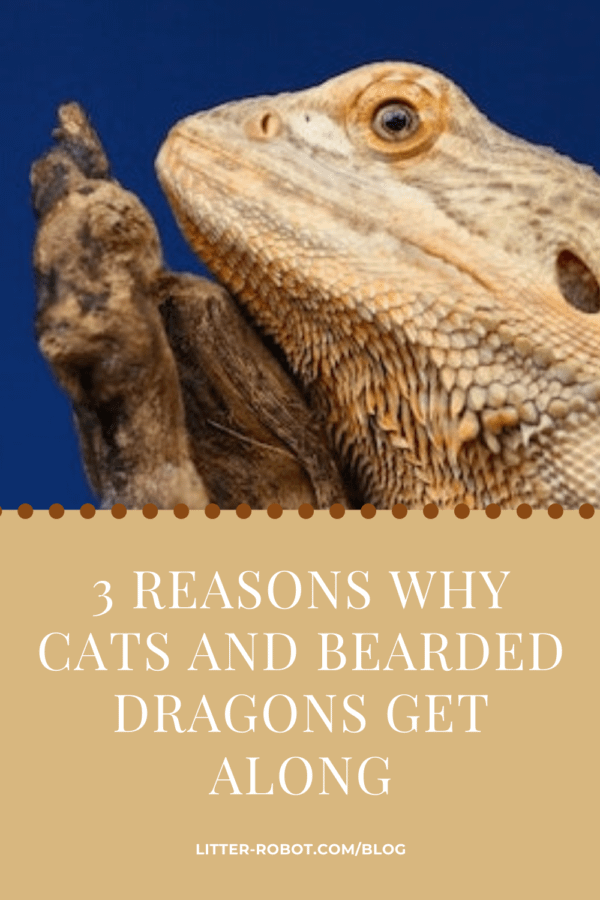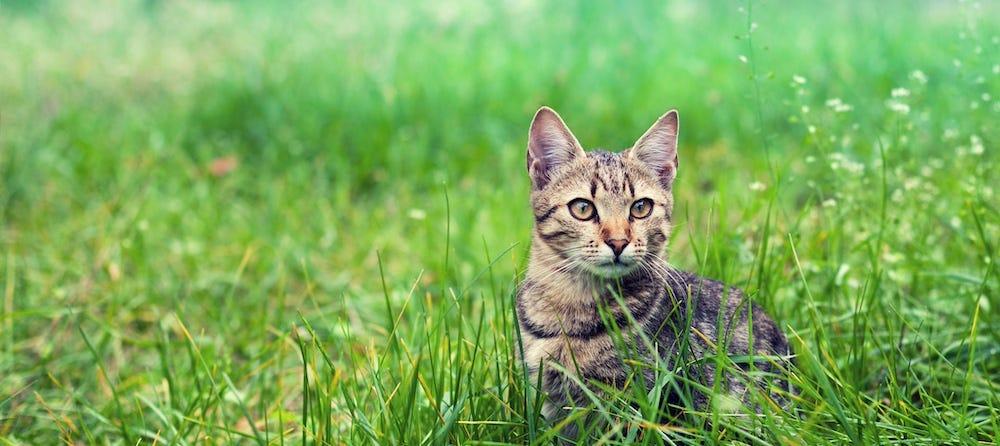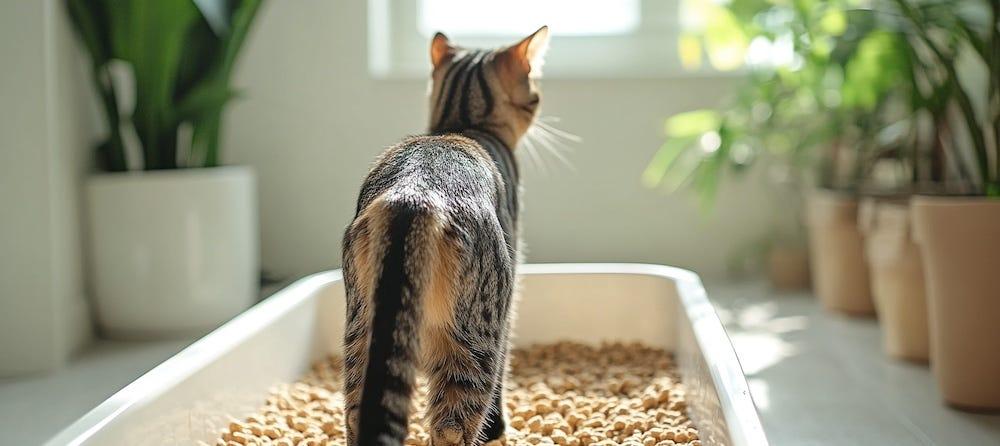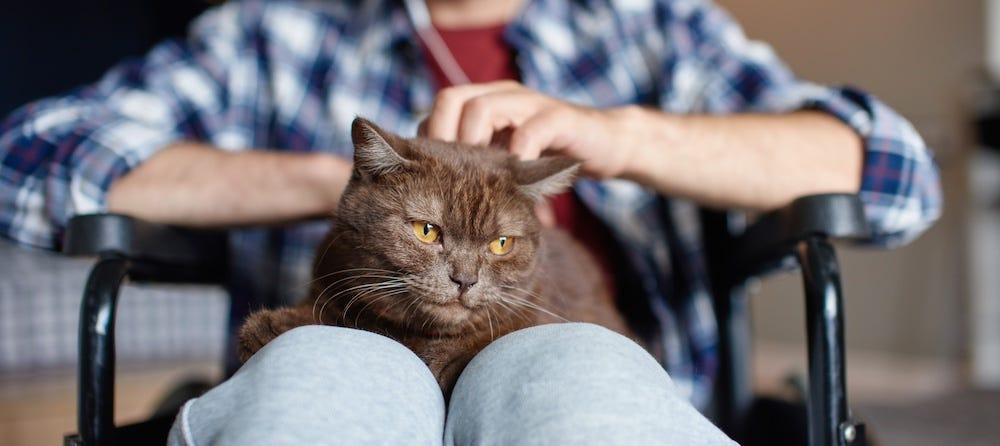Thinking of adding a reptile to your pet family? In honor of World Lizard Day, EverythingReptiles.com tells us why cats and bearded dragons can be great friends!
Bearded dragons are one of the most popular reptiles to have as a pet. But if you are considering bringing one into your home, you might have questions about how it will get along with your resident cat. We have good news for you: Cats and bearded dragons typically get along very well! All it takes is a little preparation and patience on your part, and in no time the two will start to bond.
Are you planning to foster a feline-reptile relationship? Keep reading to learn three reasons why the two species can end up the best of friends.
1. Bearded dragons are not typical prey.
Over time, cats have become known for their ability to chase mice, rats, and other small household pests.
However, not all cats are hunters, and bearded dragons are likely a creature your cat has never encountered. As such, they are likely to be curious about their new scaled sibling, but hopefully will not see it as prey.
Bearded dragons can run quickly when they want to, but are usually calm and move about relatively leisurely. If you introduce them slowly, your beardie will not see your cat as a threat, and will be less likely to try to flee.
That said, you know your cat best. If your cat has a strong prey drive and displays signs of aggression when you first introduce him to the bearded dragon, it may be best to keep the animals separated.
2. Beardies are calm.
As mentioned earlier, bearded dragons are calm, docile, and friendly creatures. Most love to cuddle and spend time with their owners.
And as one of the most easygoing reptiles, they are likely to get along with many other kinds of pets—as long as the other animals are well-behaved.
It is rare that bearded dragons attack or bite. Even then, their bites are not toxic to humans and most other animals. In the unlikely event that a bearded dragon bites, wash the area with antibacterial soap and water to prevent infection.
3. Cats and bearded dragons display clear body language.
Cats and bearded dragons are likely to get along, and they should make it easy for you to tell what they think of each other.
If your beardie waves its arms or puffs up its beard, these are signs that it feels threatened.
In the wild, bearded dragons can be aggressive toward one another. But in captivity and when not housed with other reptiles, they will be friendly and sweet.
It will be easy to notice any significant behavior changes when your cat is around.
A peaceful coexistence
Of course, all of this depends on the individual personalities of the two animals. It is possible that if you have an aggressive, predatory cat or an especially timid bearded dragon, the friendship will not blossom as you’d hoped.
But even if cats and bearded dragons don’t cuddle together, they can still safely and peacefully exist in the same household.
Johnathan David is the editor-in-chief at Everything Reptiles. He brings decades worth of herpetoculture experience caring for geckos, skinks, and frogs (and chickens!).
Cover photo by Pierre Bamin on Unsplash






